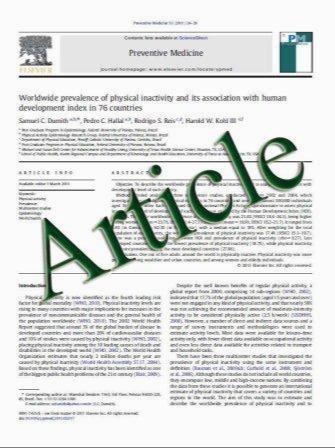How to repair fillings made by silorane-based composites
- نوع فایل : کتاب
- زبان : انگلیسی
- مؤلف : Sarah Ivanovas & Reinhard Hickel & Nicoleta Ilie
- چاپ و سال / کشور: 2010
Description
In 2007, the low shrinkage silorane-based composites with a completely new resin chemistry were introduced. As for the case of composite repair, the question of whether this new material class can be repaired with the same methods like dimethacrylate-based composites arises. The ability of a silorane-based composite (SBC) to be repaired was therefore examined in a shearbond test. Specimens of SBC were polymerised, waterstored at 37°C for 1 week and then repaired with fresh dimethacrylate-based composite (MBC) or SBC material by using several intermediate agents (IMA). The shear-bond strength was then measured after an additional water storage of 1 week. As IMA, we tested an experimental silorane-flowable composite, two dimethacrylate-based flowable composites, a filled silorane system adhesive bond and a conventional unfilled adhesive, a silane in addition to an adhesive as well as a repair kit. Additionally, repairs of MBC with dimethacrylate-based flowable composite were prepared. Specimens of MBC and SBC bonded to dentine with the corresponding adhesives were used as a reference. The repairs of MBC with the flowable composite resin Tetric Evo Flow exhibited the highest mean repair bond strength value (42.2 MPa). For repair of SBC, the highest shear-bond strengths were measured for repairs using a silane additionally to a dimethacrylate-based adhesive resin, followed by repairs with the experimental silorane-based flowable composite resin Hermes Flow as IMA. SBC can be repaired in combination with a MBC; then a silane coupling agent plus a dimethacrylate-based IMA should be used. A silorane flowable as IMA is the best choice when SBC is to be repaired with SBC
Clin Oral Invest DOI 10.1007/s00784-010-0473-z Received: 15 July 2009 / Accepted: 28 September 2010


